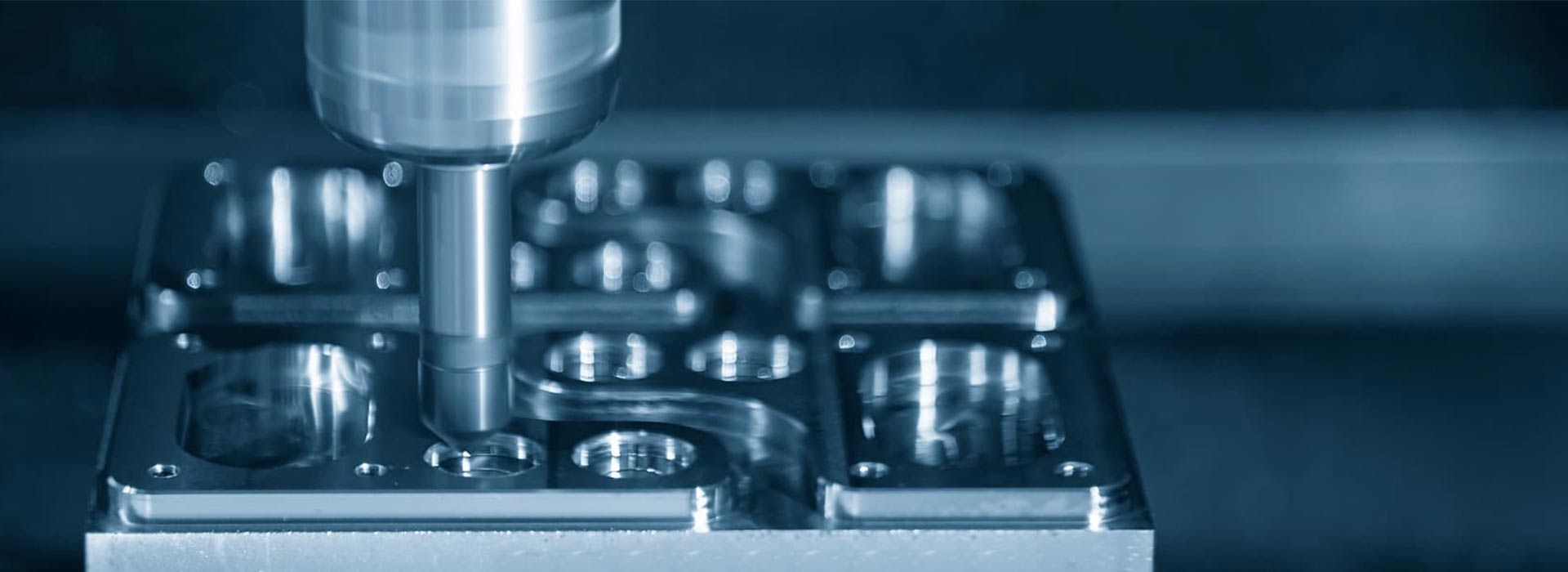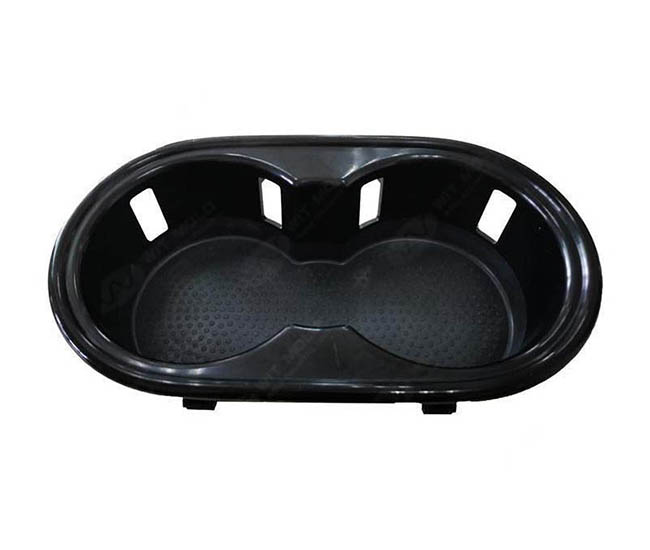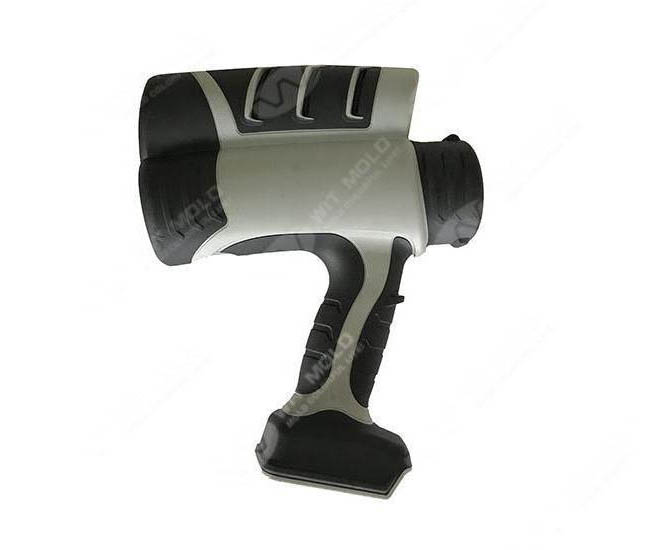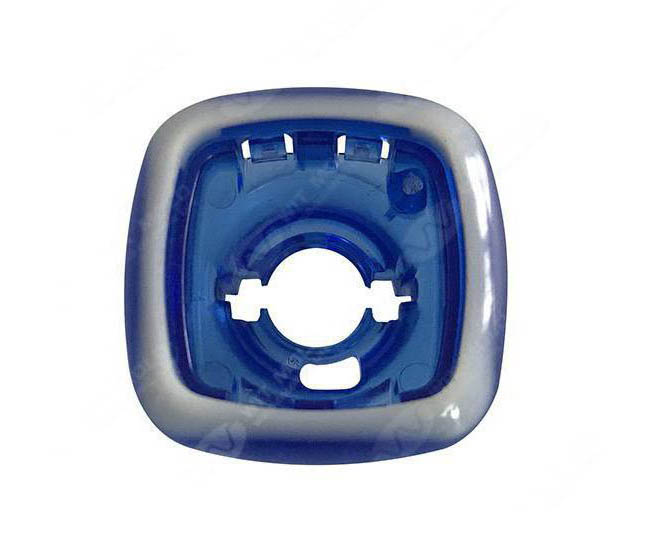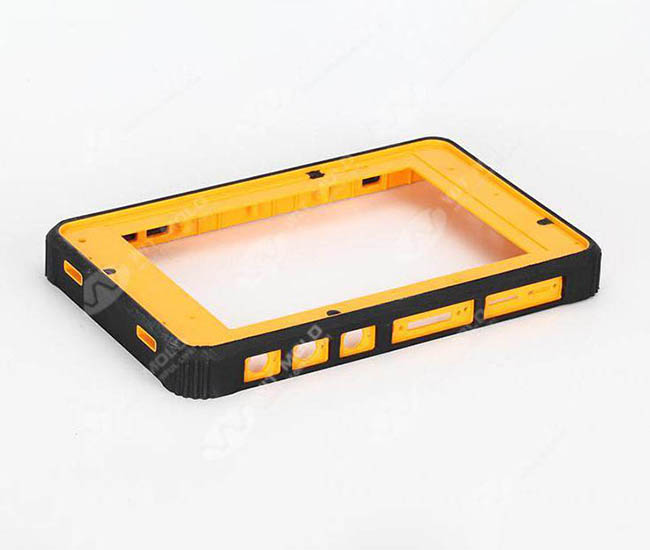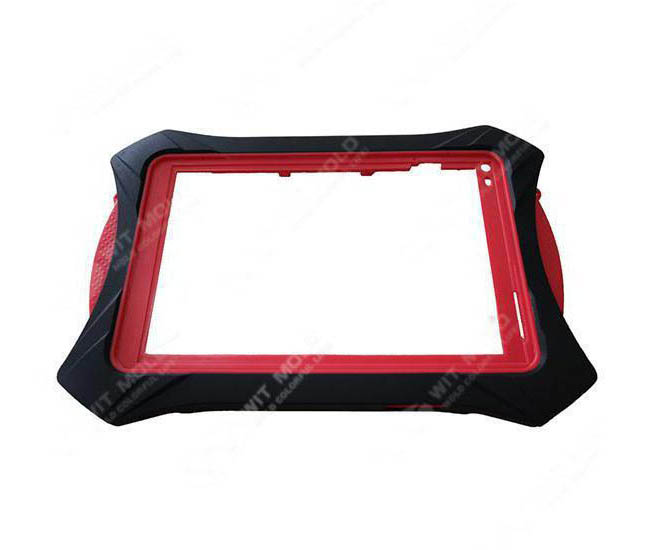Advantages of two-shot injection molding
The benefits of Double Injection molding are numerous and significant. This cutting-edge manufacturing process has revolutionized the way plastic parts are made, providing a range of advantages that include cost savings, improved product quality, and more.
One of the key advantages of Double Injection is its ability to lower unit costs. By combining two different materials in a single mold, manufacturers can eliminate the need for costly assembly processes, reducing labor costs and saving time and money.
In addition to cost savings, Double Injection also offers improved part integrity. By bonding two different materials together, this process creates parts that are stronger, more durable, and better able to withstand stress and wear.
Multi-material efficiency is another important benefit of Double Injection. With this process, manufacturers can create parts that feature multiple materials, colors, and textures, all in one single mold. This saves time and reduces waste, while also providing greater design flexibility and more customization options for customers.
In terms of quality, Double Injection is also an excellent choice for plastic part fabrication. This process provides a higher level of precision and consistency, resulting in parts that are more uniform and have fewer defects.
Double Injection also reduces the need for secondary assembly and handling, which can help to further lower costs and improve efficiency. By creating parts that are ready-to-use straight out of the mold, this process eliminates the need for additional work or finishing, saving time and reducing waste.
Double Injection can enhance tactile and cosmetic product features, giving parts a more polished and professional look and feel. This can be especially important for products that need to stand out on store shelves or in competitive markets, helping to boost sales and increase customer satisfaction.

